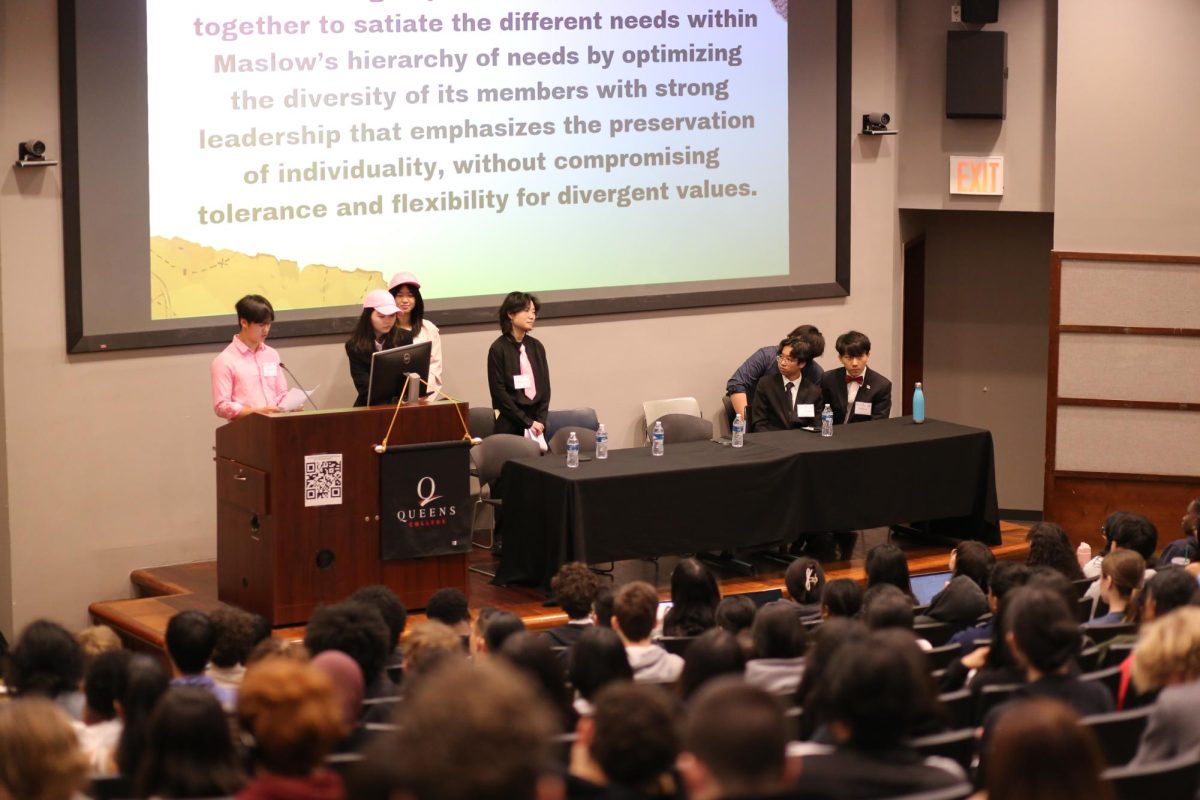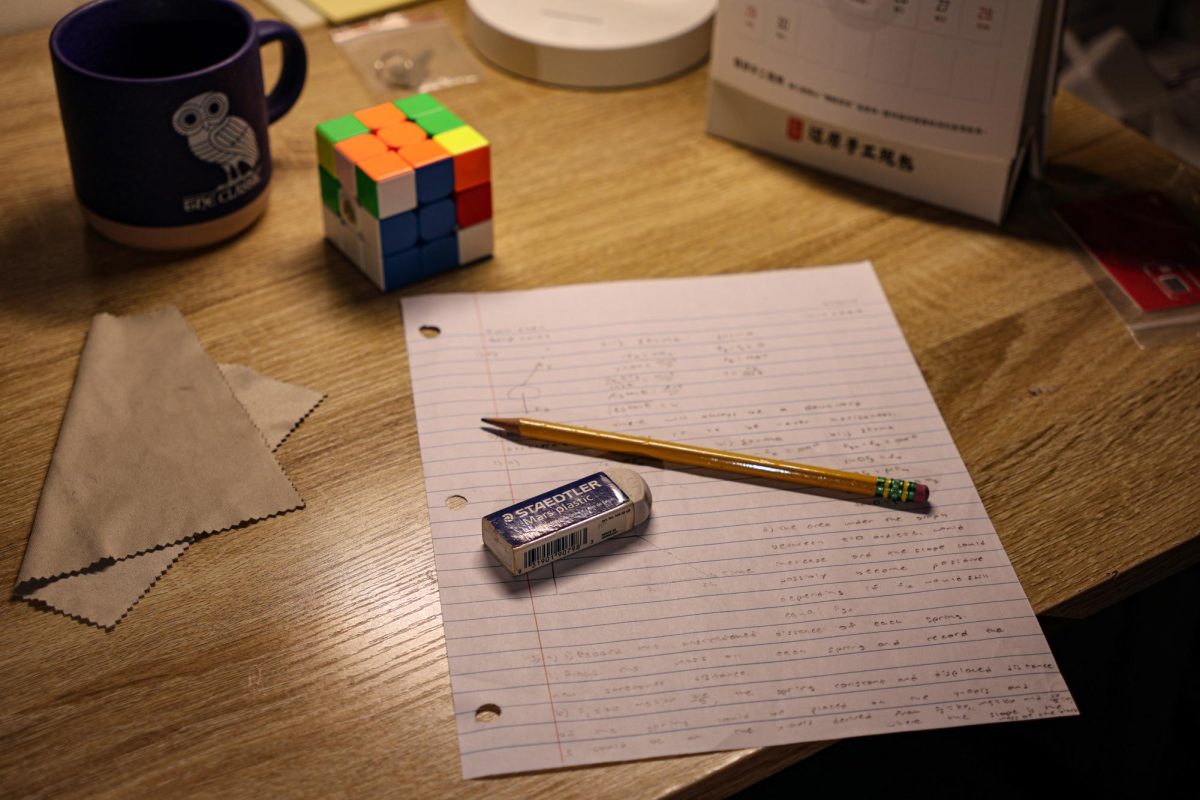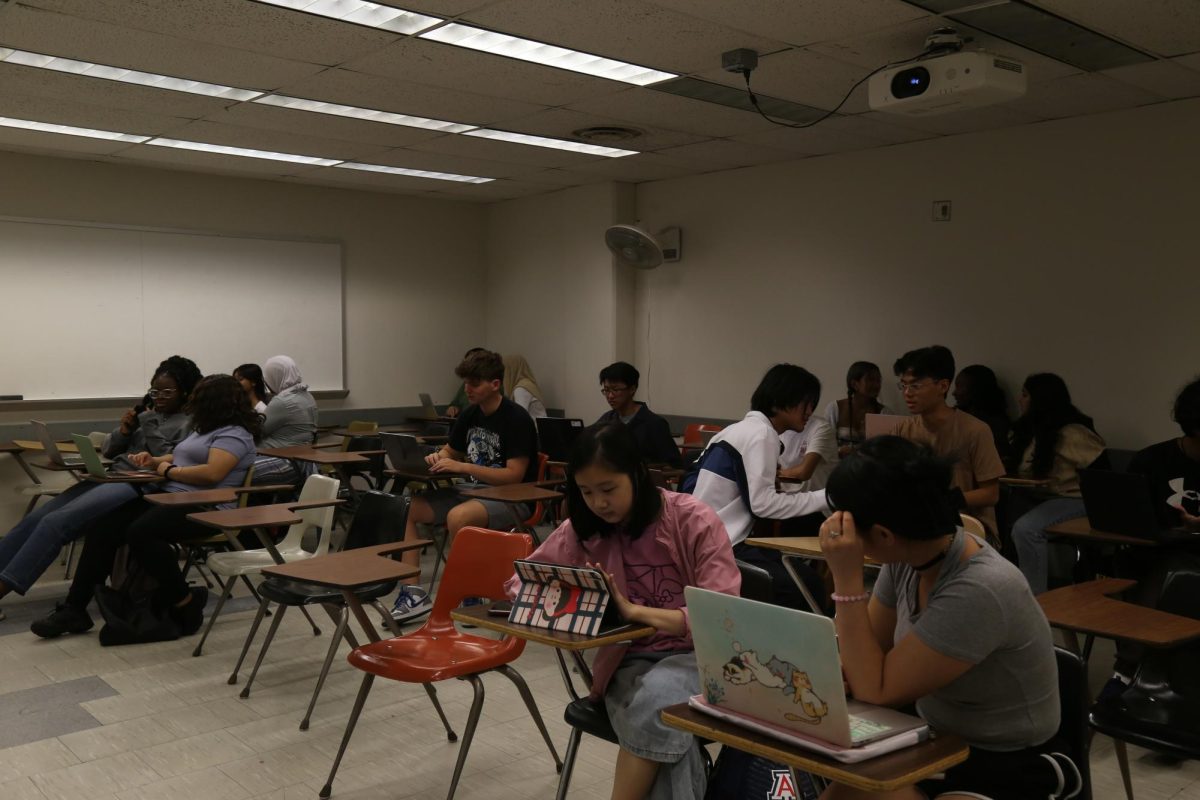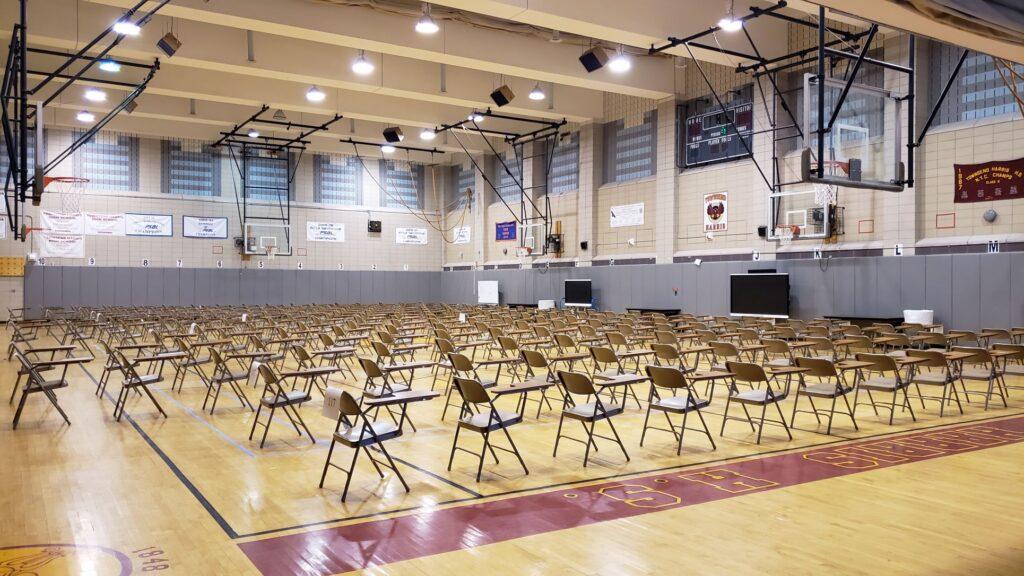
This year, significant alterations have been made to the rubric for the document based question (DBQ) on the AP World History, AP European History, and AP United States History exams. The DBQ is the longest of the 4 sections on the AP exams, and often the most challenging for students. Under the previous system, students were obligated to incorporate evidence from at least six documents to earn full points as well as analyze at least three of them. However, this year, the requirements have shifted, reducing the number of documents needed to just four, and analysis to only two. Harrisites shared their thoughts on these changes.
Freshman, Kexin Wang:
“I think it is more beneficial because now the students who are taking the AP history tests can focus on finding stronger pieces of evidence instead of quantity. It’s also less time-consuming to be able to use two instead of three sources; it is better for students. Using four documents instead of six also reduces the burden on students. I believe students will do so much better using the new rubic rather than the old one. They are able to perform significantly better under the new rubric, as it allows them to prioritize the quality of their evidence and sources over focusing solely on quantity when writing their long essays.”
Junior, Xander Webster:
“I think it’s a good change because it makes it a lot easier on the student to cite evidence so if they have a good claim but can’t really cite a lot of information, they still have a chance. It also doesn’t pressure them to find more and more evidence. So overall, I think this [change] would be super helpful.”
Junior, Abdullah Khan:
“Reducing the number of required source documents and citations in the DBQ portion of the AP history exams would be a positive change because it allows students to focus more deeply on a smaller set of sources, leading to more in-depth analysis and understanding. It also decreases pressure on students which makes their overall work better, and I’m sure there will be better scores now.”
Senior, Miguel Santos:
“As someone who has taken AP World History and AP United States History exams before, I think it’s a good change, as students aren’t as limited to using sources as they were when they were forced to use six documents. The [citations] being 3 now instead of 4 gives students a bit more time to be able to completely incorporate their thoughts into the writing, which is a problem I think many people had originally.”
Senior, Maya Liriano:
“I think that the new rubric makes it easier for time management throughout the test, which can help some students. However, for many, it was the content itself that they struggled with. So while I do believe that some students will benefit from this change, I don’t think it’s going to be the drastic improvement they’re expecting. In other words, I think they should keep the change but not expect a huge improvement in grades.”




























